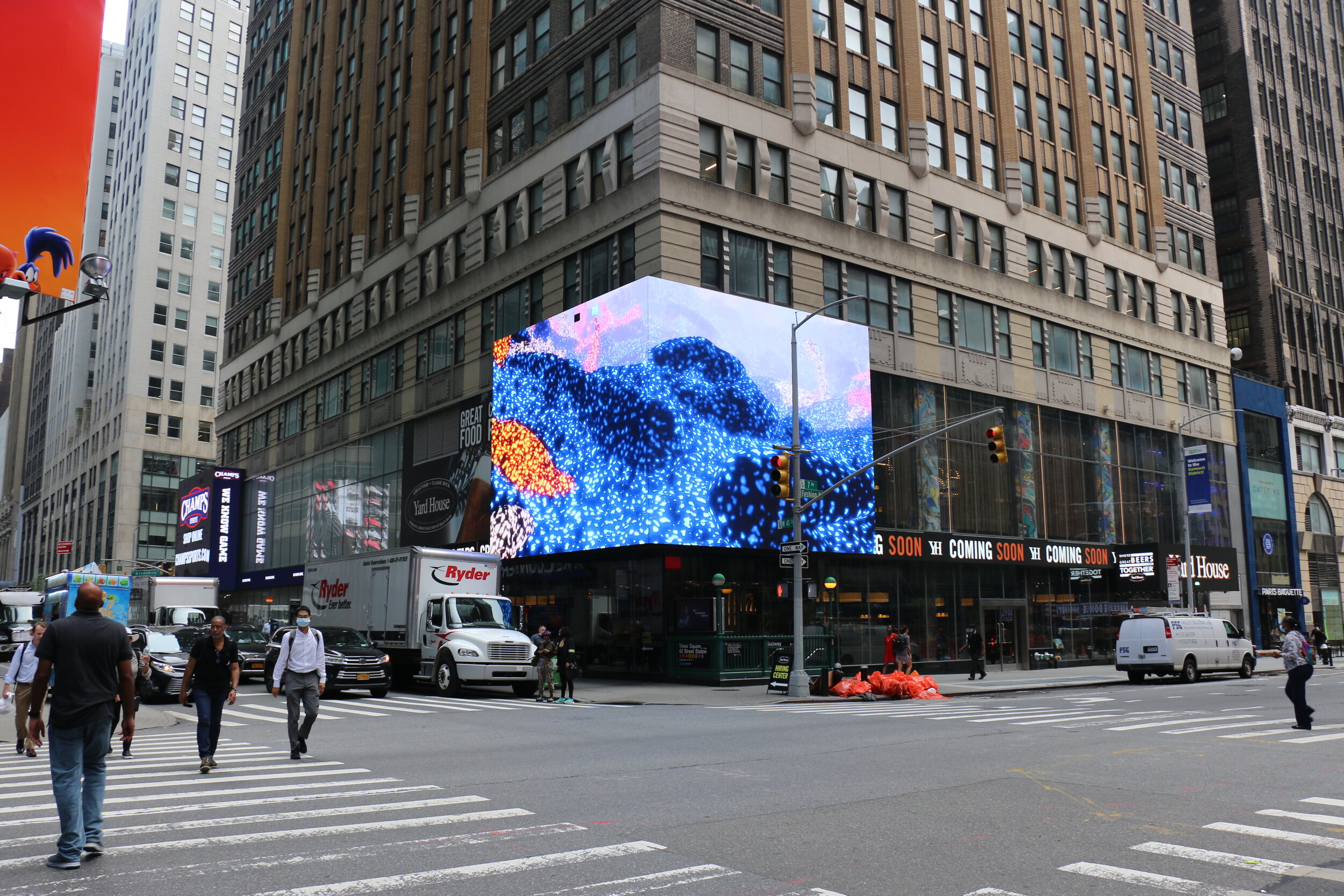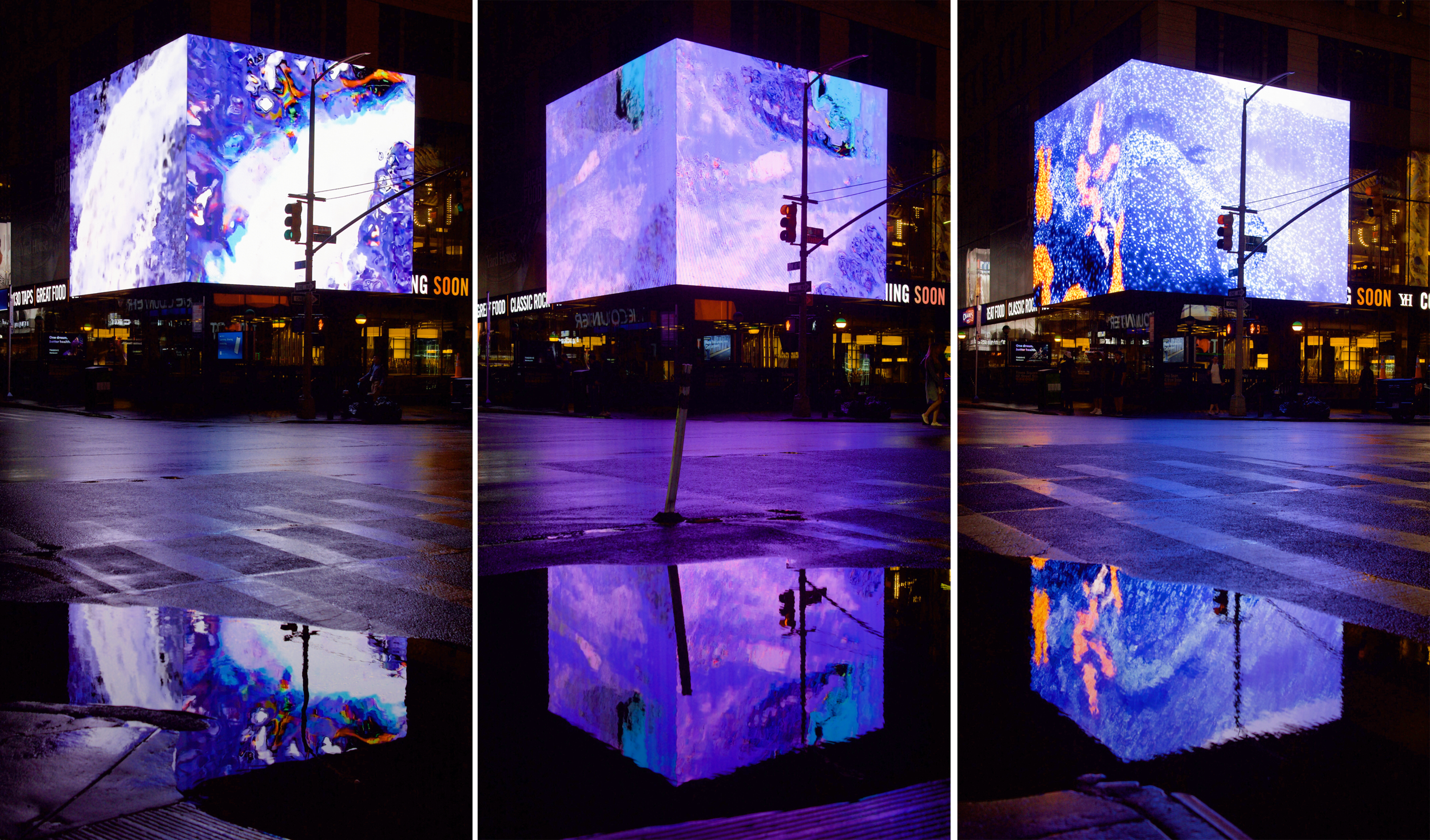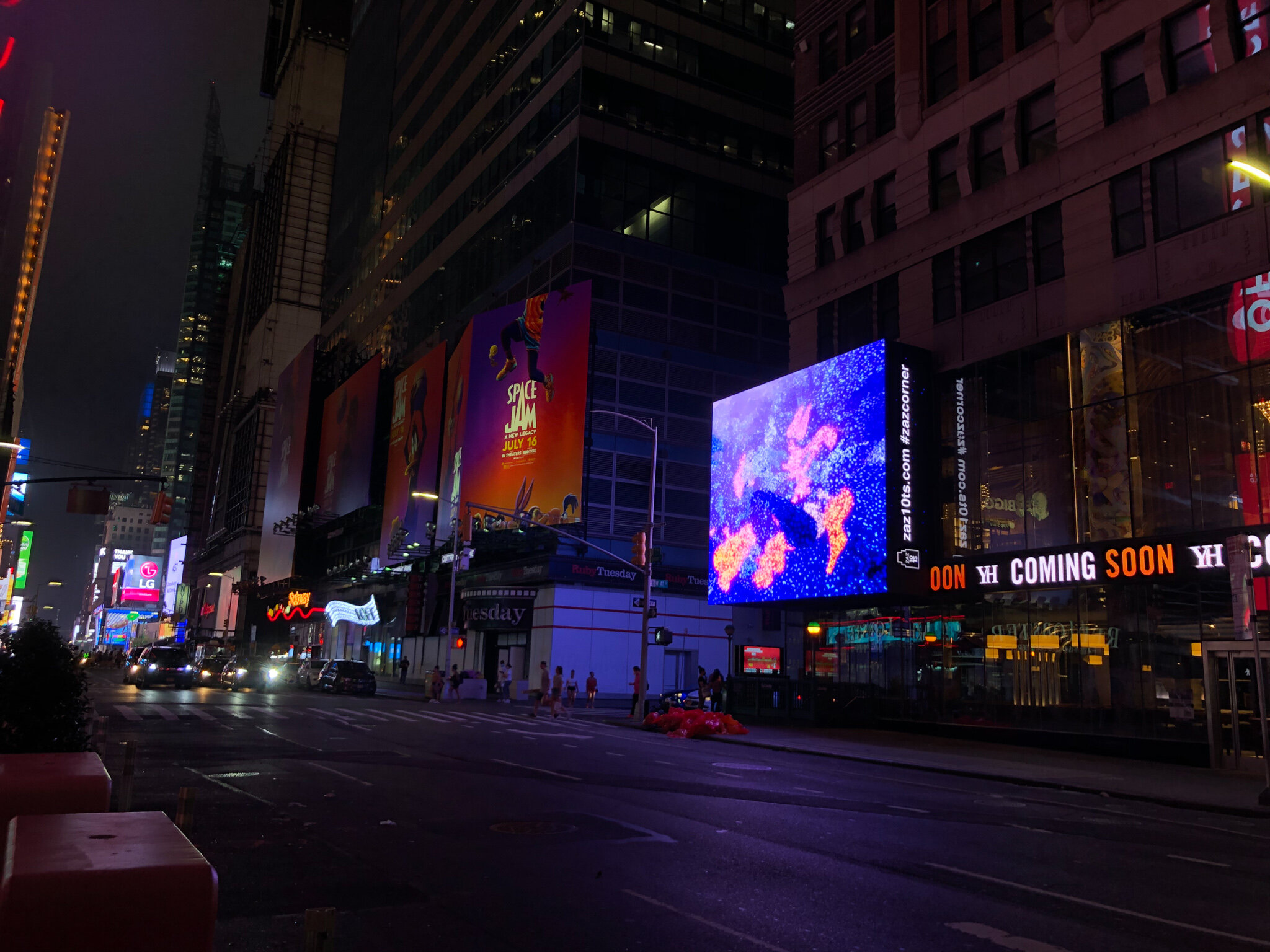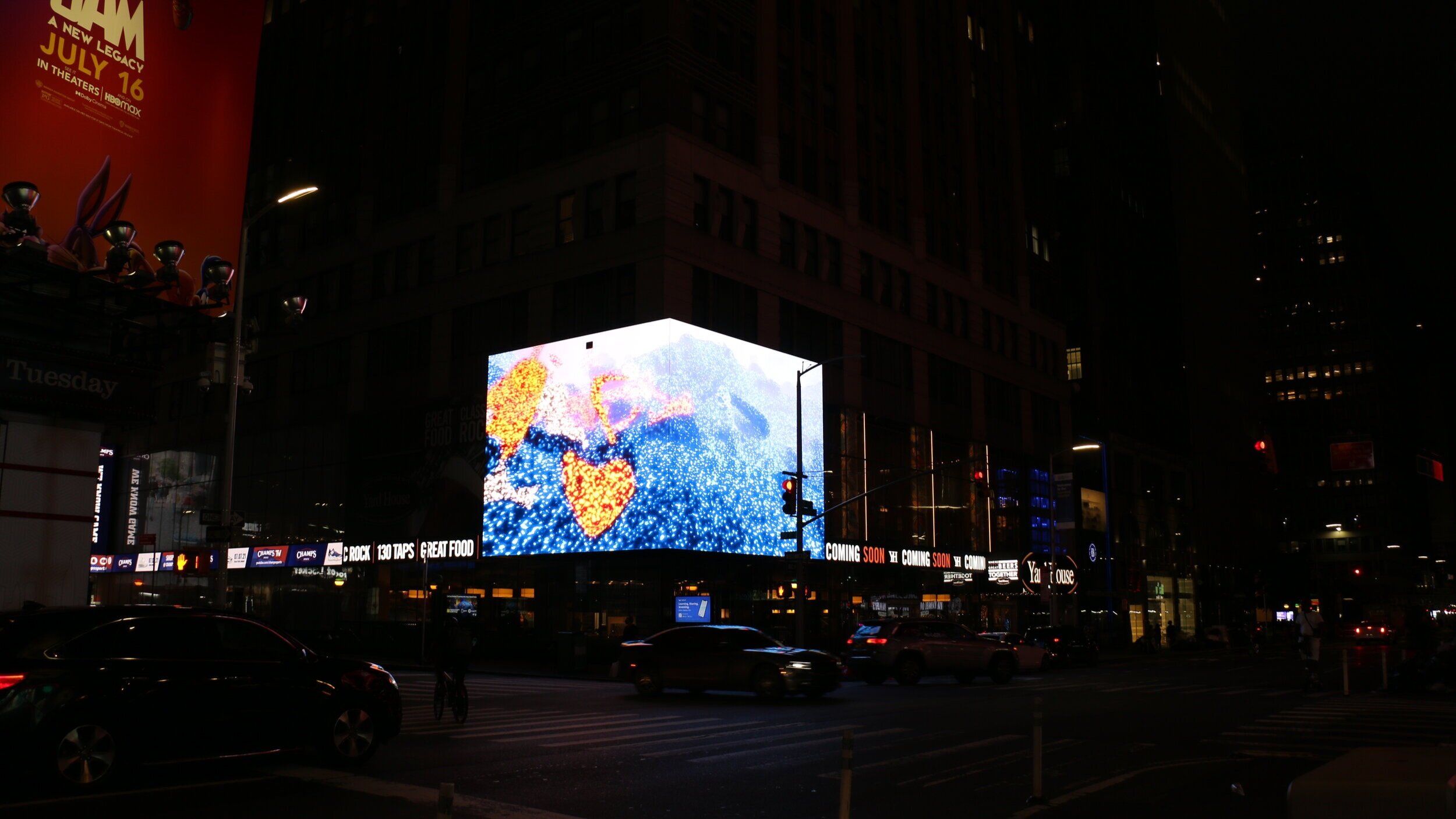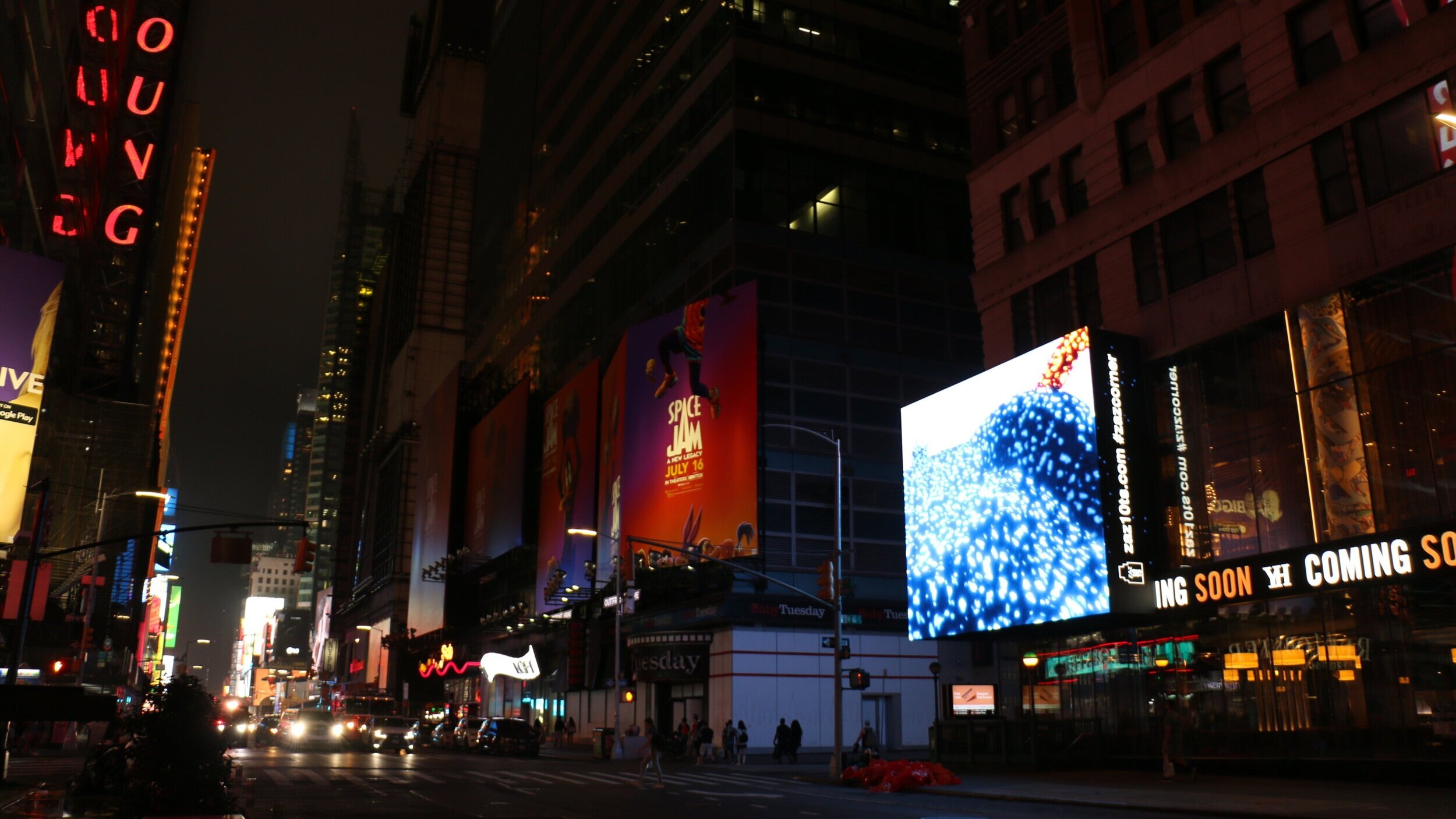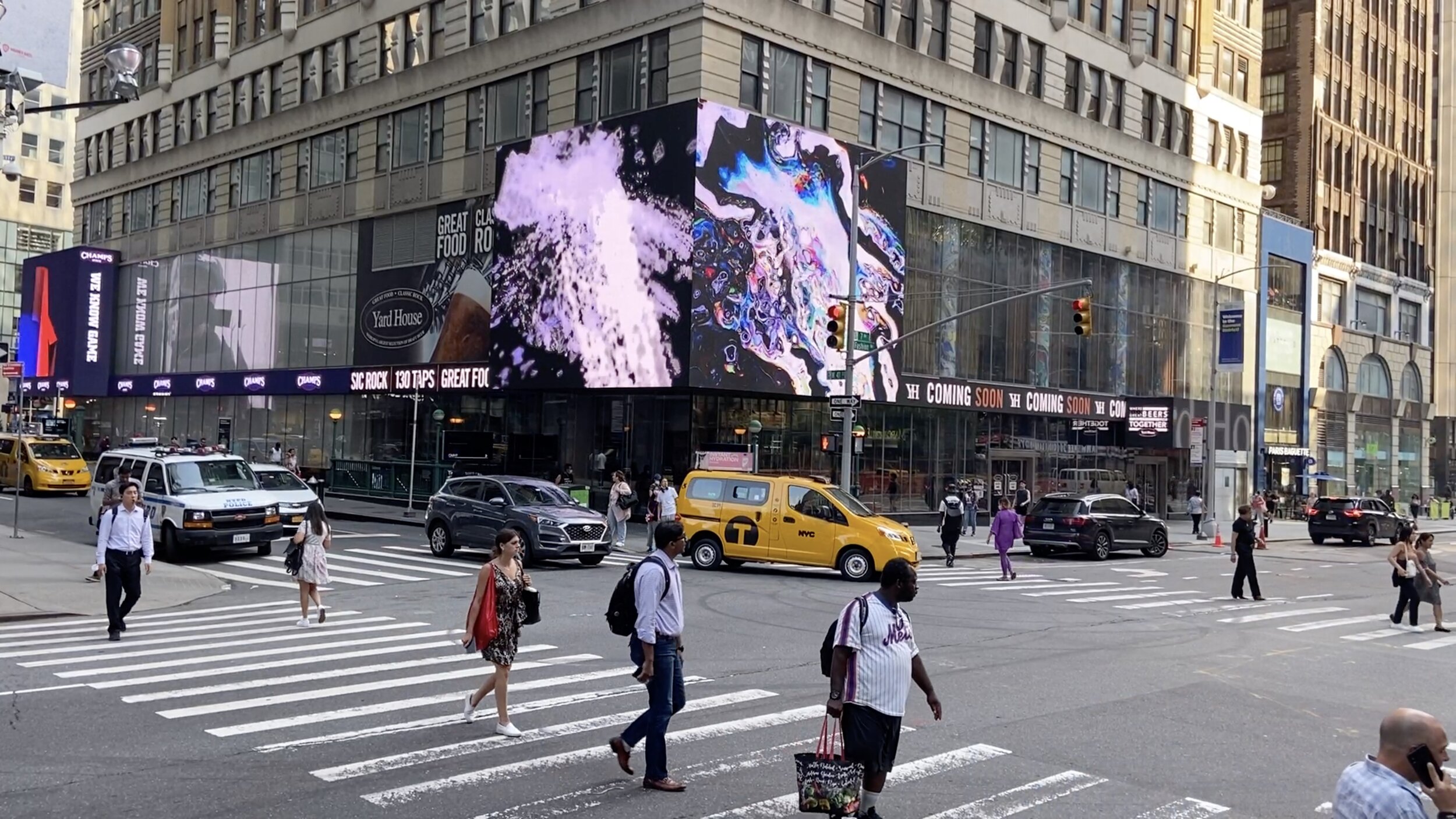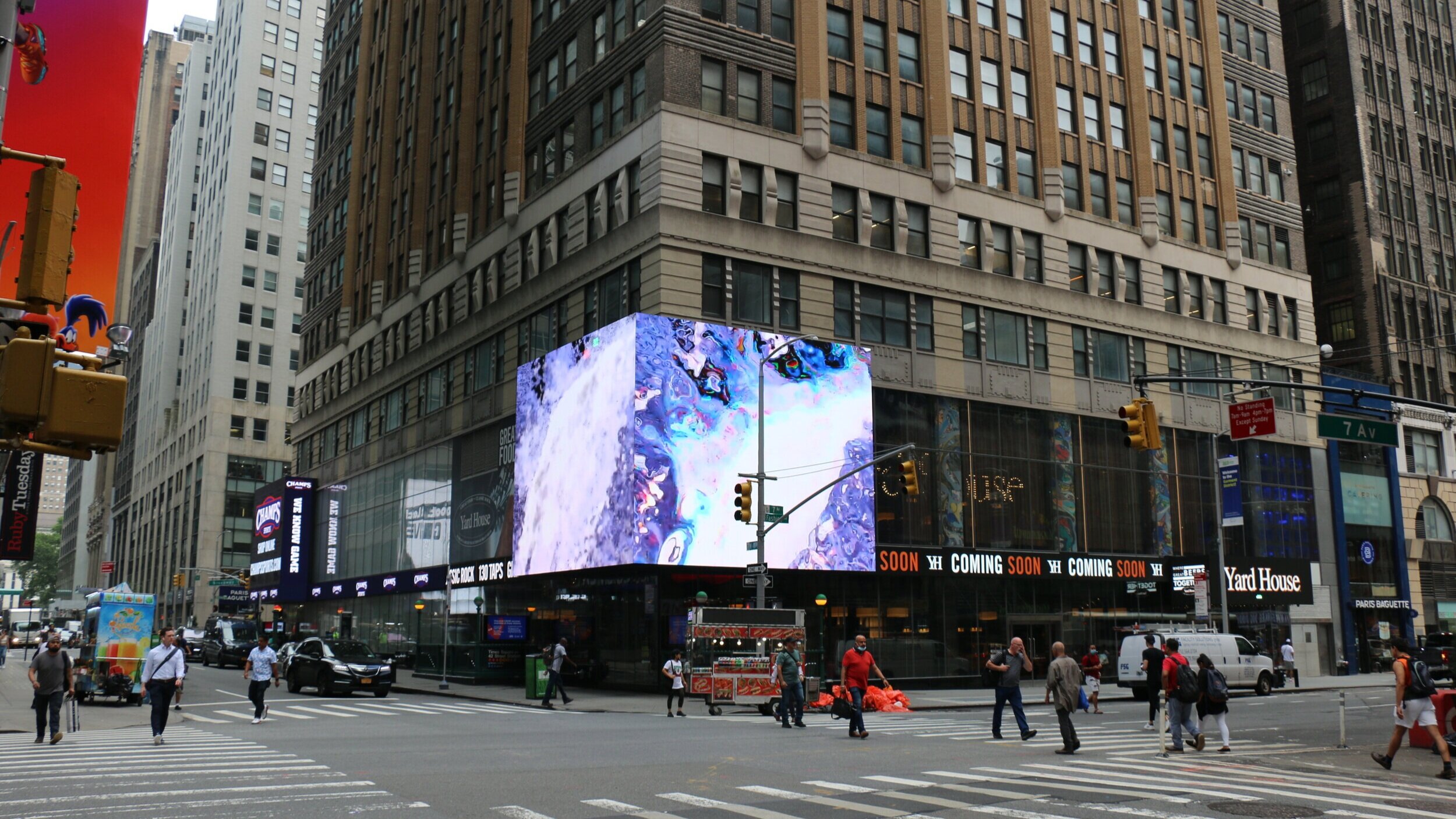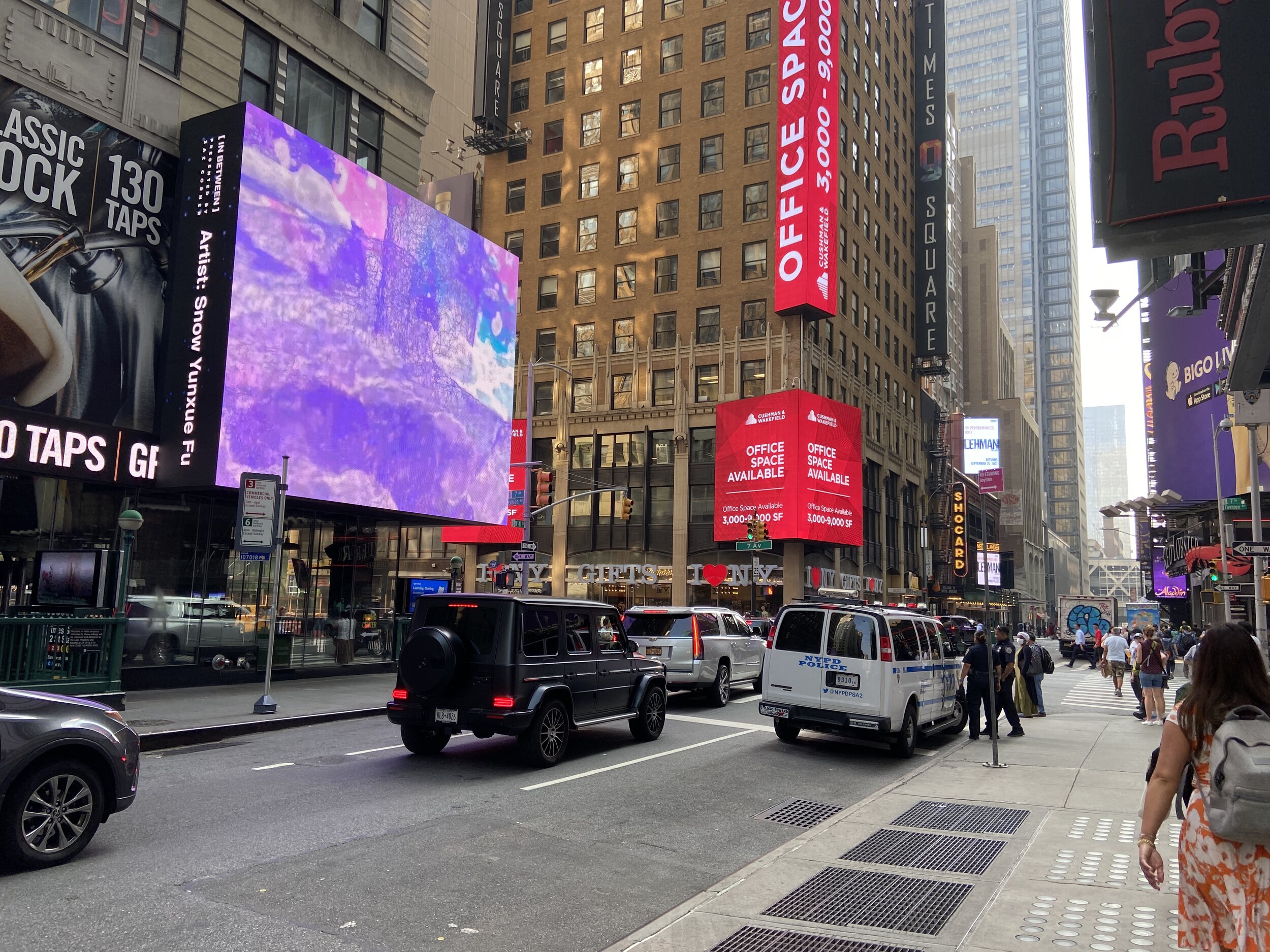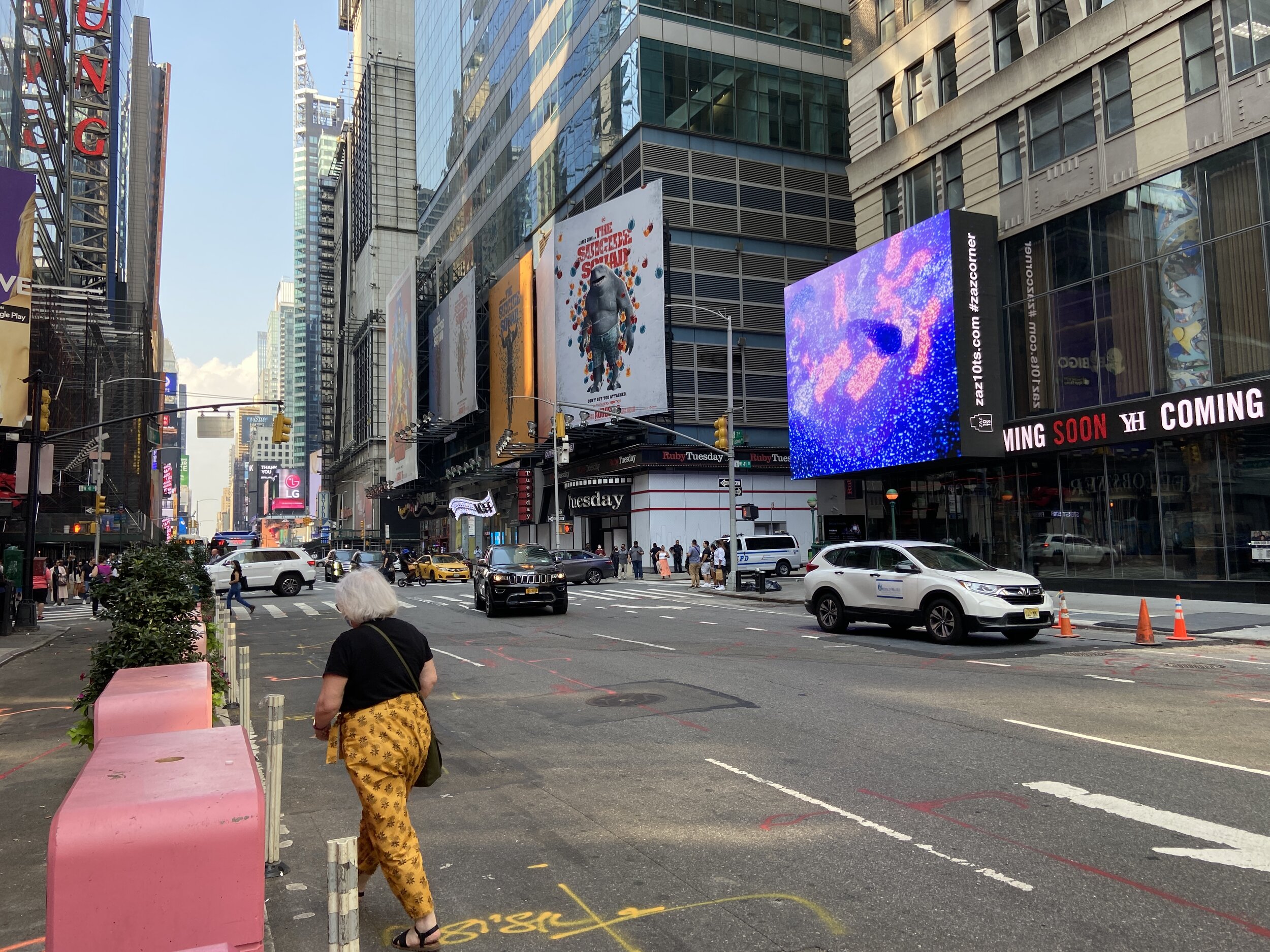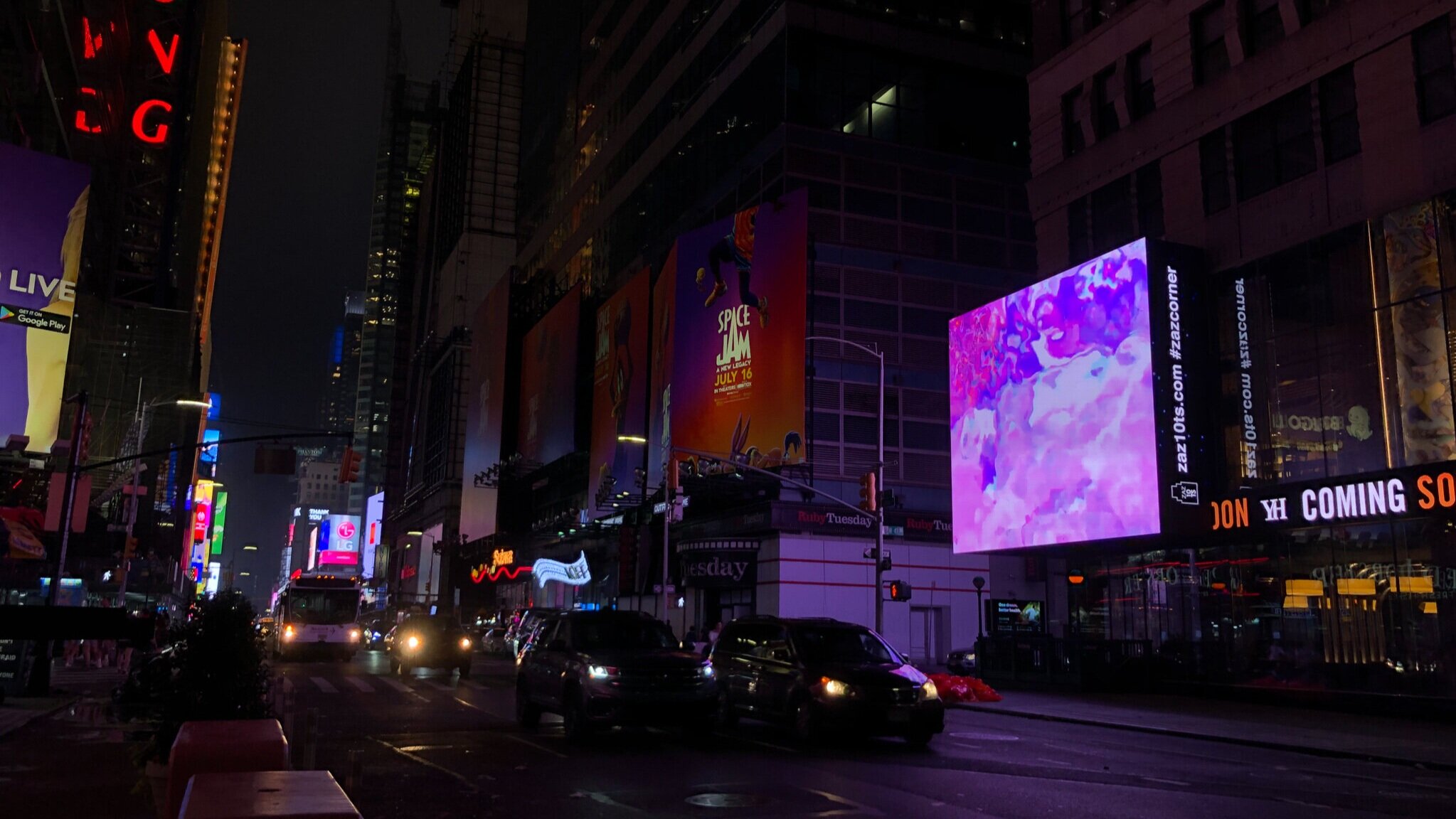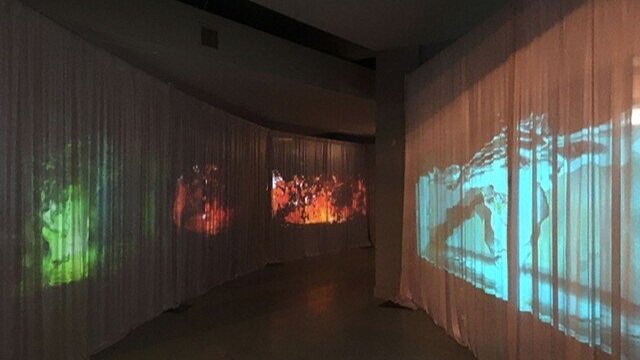Snow Yunxue Fu
Snow Yunxue Fu is a New York based international New Media Artist, Curator, and Assistant Arts Professor in the Department of Photography and Imaging at New York University Tisch School of the Arts. Using topographical computer-rendered images and installations, her practice merges historical, post-photographic, philosophical, and painterly explorations into the universal aesthetic and definitive nature of the techno sublime.
Fu’s work reviews and interviews have been covered in the New York Times, the Boston Globe, Arebyte on Screen, Sedition Art, St. Louis Magazine Art Review, Guangzhou Today’s Focus in China, etc. The.Up.Life Magazine and NOOW from Switzerland has ranked Fu as one of the top five contemporary artists in 2018. She was awarded the First Place in the Digital Art Category of the Art Rights Prize in 2020 and was also awarded and the New York University’s Curricular Development Challenge Fund Grant in 2021 for The Post-Photographic 3D Imaging Curriculum she has been developing in the NYU Tisch School of the Arts.
PROJECT: SNOW
July 12 - August 8, 2021
10 Times Square Billboard, South East Corner of 41st Street and 7th Avenue
PRESENTED BY ZAZ CORNER “IN BETWEEN”
The digital exhibition titled Snow features video artwork Avalanche and Submerged. These 3D moving image artworks are two of the newly finished projects of New Media Artist Snow Yunxue Fu. “Avalanche” is a multi-channel 3D moving image artwork that illustrates the liminal digital imaging version of the concept of “entropy”, originally from Land Art and particle simulation effects of the snowfall. “Submerged” is an immersive digital landscape painting.
Fu creates scenes of experimental abstraction that translate the concept of liminality into the digital experience. The word liminal is often used to discuss the sublime within digital space and the VR experience, conjuring up notions of time, space, and perception, and echoing the experience of the sublime in nature. The term is borrowed from the field of anthropology, as anthropologist Victor Turner described as “the quality of ambiguity or disorientation that occurs in the middle stage of a rite of passage,” which “serves not only to identify the importance of in-between periods, but also to understand the human reactions to liminal experiences.” Fu’s work draws parallels between the physical, virtual, metaphysical, and multi-dimensional, setting the viewer in a liminal space at the threshold of each in what Turner called “a period of scrutiny for central values and axioms.” Digital space and the VR experience is what Turner would later make a distinction for as a liminoid experience, differing from the liminal in that the liminal engages in an experience out of our control, while the liminoid is a choice, often relating to play. Liminoid, then, is a simulation of the liminal, as the techno sublime experienced through digital space is a simulation of the sublime in nature. Within a digital space, we are offered an encounter to reflect on our response to the simultaneously beautiful and overwhelming artifice of the techno-sublime.


